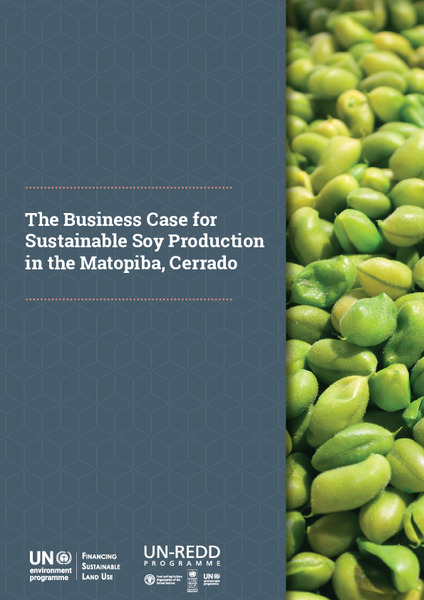| dc.contributor | Ecosystems Division | en_US |
| dc.contributor.author | United Nations Environment Programme | en_US |
| dc.contributor.author | Food and Agriculture Organization of the United Nations | en_US |
| dc.contributor.author | United Nations Development Programme | en_US |
| dc.coverage.spatial | Brazil | en_US |
| dc.date.accessioned | 2024-02-29T16:29:19Z | |
| dc.date.available | 2024-02-29T16:29:19Z | |
| dc.date.issued | 2024-02 | |
| dc.identifier.uri | https://wedocs.unep.org/20.500.11822/45020 | |
| dc.description | Much of the agricultural growth in Cerrado came from farmers migrating from southern Brazil, who brought with them both the capital and agricultural expertise necessary for opening-up the savannah landscape of the Cerrado. Even so, the new farms in the Cerrado tended to have low yields during the initial years, but once the soils had been treated for several years and soybean and corn or cotton grown on rotation, many of these farms later achieved some of the highest yields in the country. | en_US |
| dc.format | pdf | en_US |
| dc.language | English | en_US |
| dc.relation.ispartof | Financing Sustainable Land Use | en_US |
| dc.relation.ispartof | UN-REDD Programme | en_US |
| dc.rights | Public | en_US |
| dc.subject | deforestation | en_US |
| dc.subject | forest ecosystem | en_US |
| dc.subject | forest biodiversity | en_US |
| dc.subject | sustainable production | en_US |
| dc.subject | Brazil | en_US |
| dc.title | The Business Case for Sustainable Soy Production in the Matopiba, Cerrado | en_US |


